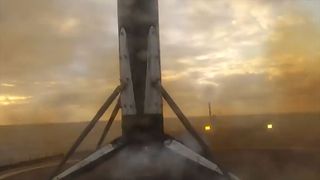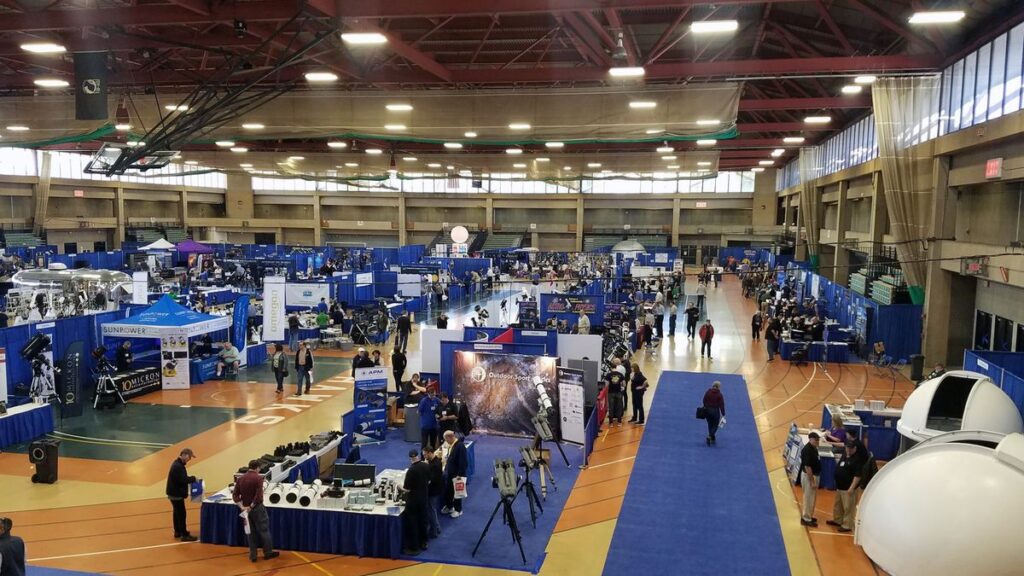A leaky Soyuz capsule at the International Space Station test-fired its thrusters on Friday (Dec. 16) as Russian engineers investigated why it suffered an uncontrolled coolant spill this week.
The Russian-built Soyuz spacecraft, called Soyuz MS-22, sprang a coolant leak Wednesday night (Dec. 14) as two cosmonauts prepared to take a spacewalk outside the station. Russia’s space agency Roscosmos canceled that spacewalk and postponed another indefinitely as it investigates the cause of the coolant leak, which sprayed coolant particles into space from an exterior line on the capsule. On Friday, NASA also delayed a planned U.S. spacewalk to Dec. 21, a two-day slip, as the Soyuz work continues.
Russian engineers ordered the Soyuz MS-22 to fire its thrusters at 3:08 a.m. EST (0808 GMT) on Friday as part of their investigation. The leak has been traced to an exterior coolant loop on the Soyuz spacecraft, NASA has said.
Related: Soyuz leak could strand 3 astronauts on space station, expert warns
“The systems that were tested were nominal, and Roscosmos assessments of additional Soyuz systems continue,” NASA wrote in an update (opens in new tab) Friday. “Temperatures and humidity within the Soyuz spacecraft, which remains docked to the Rassvet module, are within acceptable limits.”
Earlier in the day, a Roscosmos update on Telegram (opens in new tab) stated that temperatures inside the Soyuz reached 86 degrees Fahrenheit (30 degrees Celsius) and were within operational limits, according to a Google translation from Russian. “This is a slight temperature change,” Roscosmos wrote in the statement, according to the translation.

RELATED STORIES:
The Soyuz MS-22 is docked to a Russian port on the Earth-facing side of the station. It launched to the station in September to deliver Russian cosmonauts Sergey Prokopyev and Dmitri Petelin and NASA astronaut Frank Rubio to the orbiting lab. It was Prokopyev and Petelin who were planning to take a spacewalk when the leak began on Wednesday evening. By midday Thursday (Dec. 15), most of the coolant had leaked out, NASA said.
Russian engineers are working to determine the health of the Soyuz spacecraft, but whether it can still be used to return its crew to Earth as planned in 2023 is unclear.
Roscosmos has used a European-built robotic arm on Russia’s Nauka laboratory module at the station to inspect the Soyuz capsule and reported some signs of damage. NASA, meanwhile, will use the station’s Canadian-built Canadarm2 to inspect the Soyuz on Sunday (Dec. 18).
Email Tariq Malik at tmalik@space.com or follow him @tariqjmalik (opens in new tab). Follow us @Spacedotcom (opens in new tab), Facebook (opens in new tab) and Instagram (opens in new tab).


